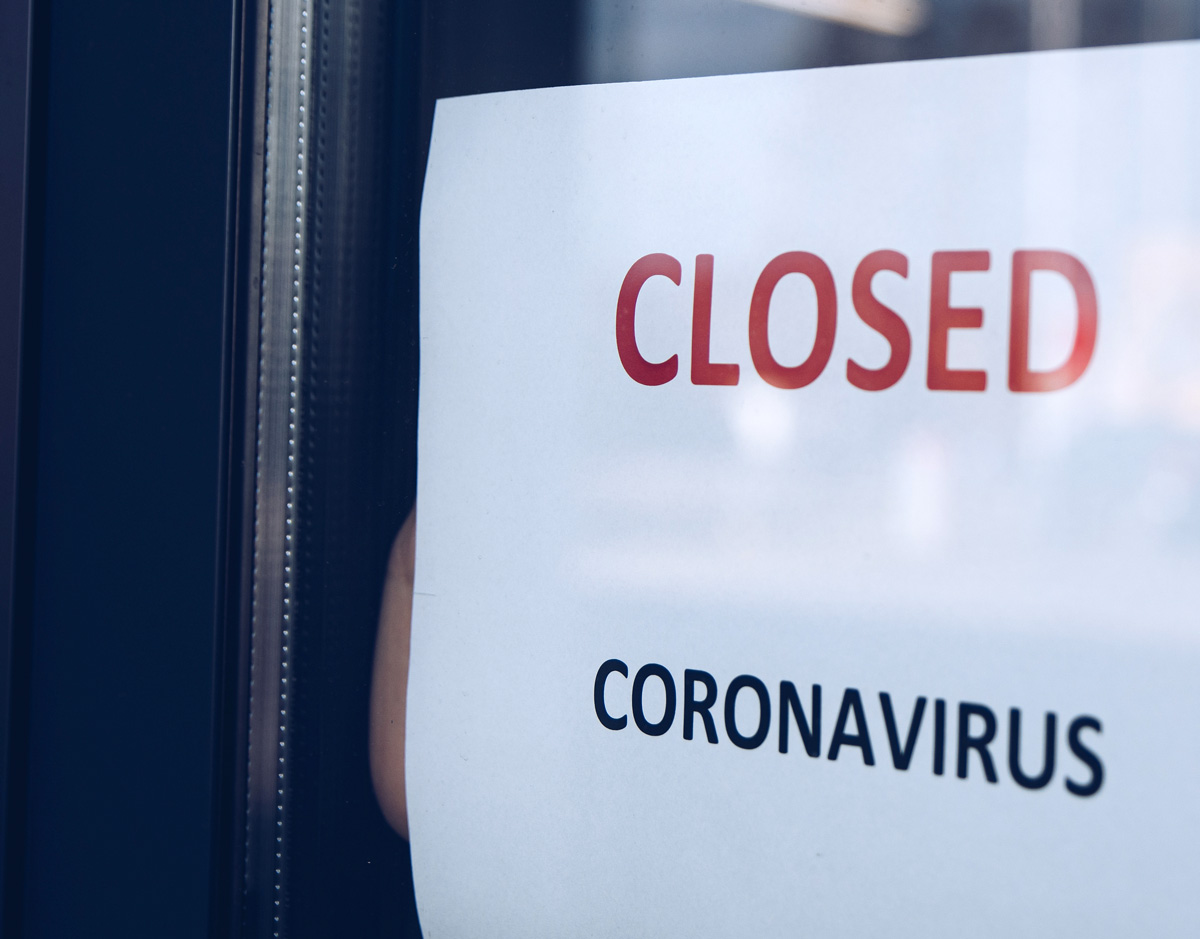
legal insights
California’s labor relations laws need flexibility during the state of emergency
he beat goes on for district and county board members and superintendents. For more than a year, they have been caught in a cycle of proposals, plans, guidance, orders and legislation aimed at safely reopening schools. Increasing the challenge faced by local educational agencies in complying with this ever-changing backdrop, and explaining the changes to stakeholders, is the fact that each change may trigger another round of collective bargaining. Unfortunately, in many cases, this cycle of constant change has worked to impede the reopening of schools.

How we got here
Balancing the health risk associated with COVID-19 with the educational needs of students has been a consistent challenge for leadership teams. Clearly there has been a state and nationwide conflict between those advocating for the immediate return to school and those wanting more time to make sure the coast is clear, with court skirmishes breaking out at the margins. Board members are rightfully concerned about the mental health and academic progress of students who are missing out on the benefits of in-person instruction and socialization. Board members are also justifiably concerned for the teachers and school staff responsible for providing and assisting with instruction and for parents responsible for finding the time during their workday for learning to take place. In the second year under the state of emergency, isolation abounds, and fatigue is setting in.
The response to COVID-19 has exacerbated the inequities in education, internet access, health care, housing and employment experienced by those families living on the lower socioeconomic rungs as well as by families of color. The virus has only widened the gulf between those who can afford to attend private school and those who cannot. This situation, where governing board’s balance concerns about the adverse effects of distance learning with providing a learning environment of unknown health risks and potential legal liability, has led to a standoff with labor in many communities.
What to do?
The countless hours leadership teams have spent bargaining since the first stay-at-home order last March is a telltale sign that California’s labor law does not function well during a state of emergency. EERA was signed into law 46 years ago by former Gov. Jerry Brown. (Gov. Code §§ 3540 et seq.) Arguably the most noteworthy change in 1975, besides creating the Educational Employment Relations Board, now the Public Employment Relations Board (PERB), was requiring school employers to negotiate, instead of to meet and confer, with their represented employees over the conditions of employment. (Gov. Code §§ 3541, 3543.2.) So, instead of “consultation,” negotiations were tied to a statutory “impasse” process which can delay an employer’s final implementation of its decision until a dispute goes through mediation and factfinding. (Gov. Code §§ 3548- 3548.3.) Regardless of the urgency of the issue being negotiated, the impasse process can take months to complete. And because labor disputes can be the subject of unfair labor practice charges, it can take years for PERB and for appellate courts to finally decide the matter. (Gov. Code § 3541.5.)

How, during a state of emergency, can we steer clear of the logjam? By taking action that should have been taken long ago, either by legislation or by executive order, to temporarily suspend the impasse process in EERA for issues relating to the pandemic and replace it with the meet and confer requirement. This temporary suspension would finally move the ball down the field and put the decision to reopen schools — after a credible, transparent and good faith consultation with employee labor groups — in the hands of those who have been elected to ensure that before doing so, the necessary safety protocols and essential mitigation measures are in place.
Keith Bray is general counsel and chief of staff for CSBA.